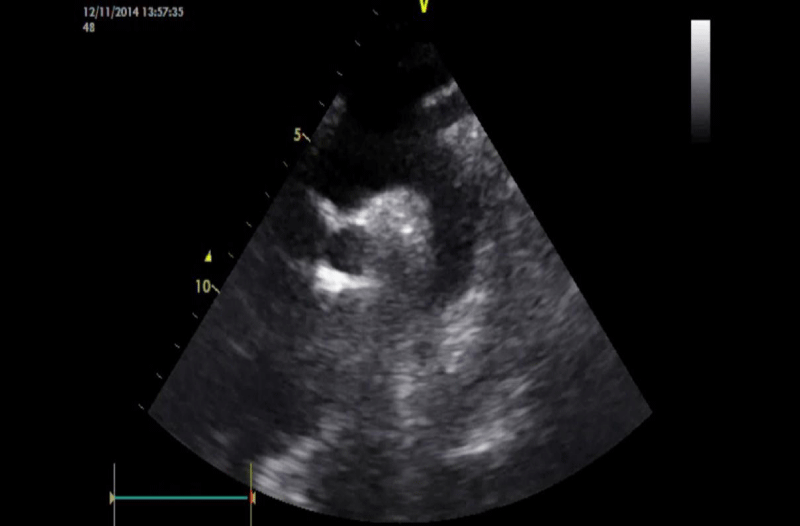


Then the mole fraction for each would be 0.50. Suppose you had equal moles of two different gases in a mixture. We then round off to four significant figures for the final answer:Īnother common concept that crops up in a Dalton's Law context is mole fraction.

What is the pressure of the dry gas? Look up the vapor pressure data here.įor the solution, we look up the vapor pressure and find it to be 2.8104. Here is an example: 0.750 L of a gas is collected over water at 23.0☌ with a total pressure of 99.75 kPa.
#775 MMHG TO ATM MANUALS#
Usually the textbook will have an abbreviated table with more complete tables in reference manuals like "The Handbook of Chemistry and Physics." We get it from a table because the water vapor pressure depends only on the temperature, NOT how big the container is or the pressure of the other gas.

This means we must get the water vapor pressure from somewhere. The gas saturates with water vapor and now the total pressure inside the bottle is the sum of two pressures - the gas itself and the added water vapor. However, there is an unavoidable problem. A tube from the reaction vessel conducts the gas into the bottle where it bubbles to the top and displaces water, which runs out the mouth of the bottle into the water bath. The most common use of Dalton's Law seen in high school is with water vapor.Ī common method of collecting gas during an experiment is by trapping it "over water." An inverted bottle filled with water sits in a water bath. The pressure each gas exerts in mixture is called its partial pressure. The only necessity is that the two gases do not interact in some chemical fashion, such as reacting with each other. Where n is the total number of gases in the mixture. The total pressure is the sum of the pressures created by the gases in the mixture. Written as an equation, it looks like this:ĭalton's Law of Partial Pressures: each gas in a mixture creates pressure as if the other gases were not present. Summing their two pressures gives the total pressure. Suppose that, instead of helium, you added neon.Īnswer: the pressure doubles, same as before.ĭalton's Law immediately follows from this example since each gas is causing 50% of the pressure. However, suppose the new quantity of gas added was a DIFFERENT gas. Suppose you were to double the moles of helium gas present. Therefore, P is directly proportional to n if V and T remain constant. This law was discovered by John Dalton in 1801.įor any pure gas (let's use helium), PV = nRT holds true. If your teacher is still using #"1 atm"# for pressure at STP, then #P_2="760 mmHg"#, and #V_2="170 mL"#.ChemTeam: Gas Law - Dalton's Law and other partial pressure problemsīoyle's Law No Name Law Dalton's Law Probs 1-10 Charles' Law Combined Gas Law All Dalton's Law examples and problems Gay-Lussac's Law Ideal Gas Law Return to KMT & Gas Laws Menu Avogadro's Law Graham's Law Diver's Law #P_1# and #P_2# are the initial and final pressure, respectively, #V_1# and #V_2# are the initial and final volume, and #T_1# and #T_2# are the initial and final temperature in Kelvins.Ĭurrent STP is or #"273.15 K"#, and #"100 kPa"# or #"1 bar"#. Use the equation for the combined gas law:


 0 kommentar(er)
0 kommentar(er)
